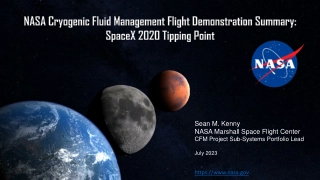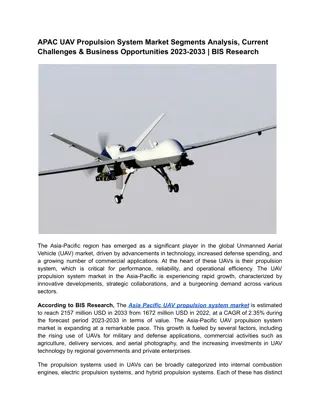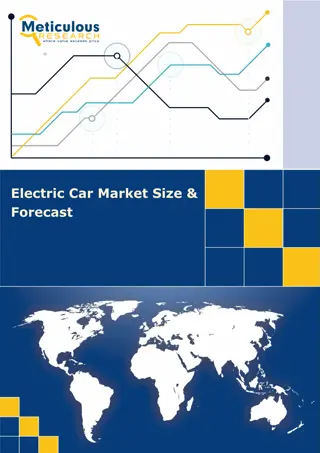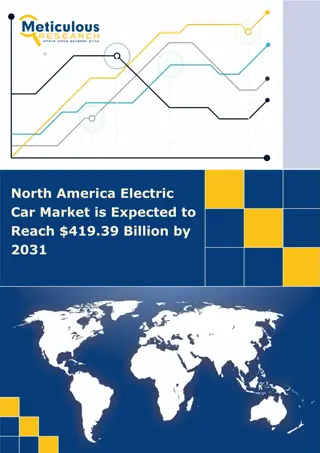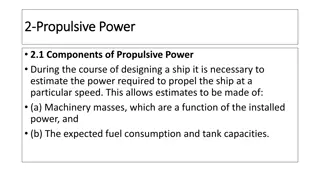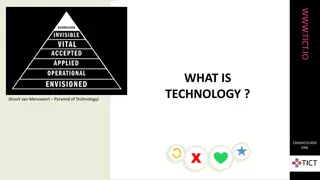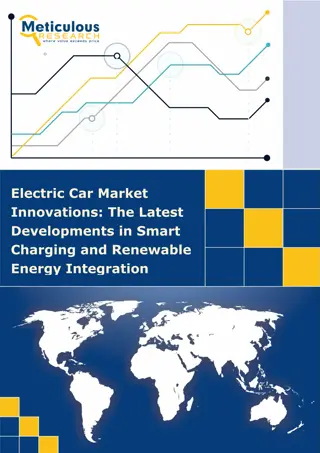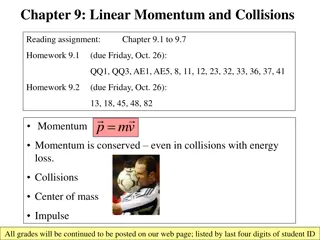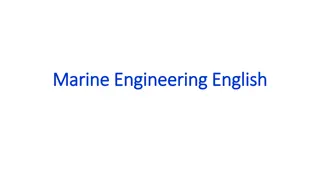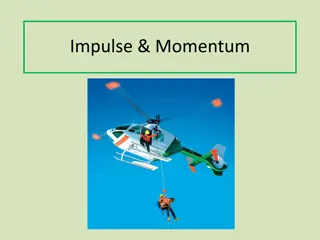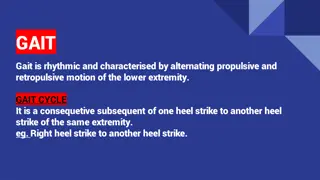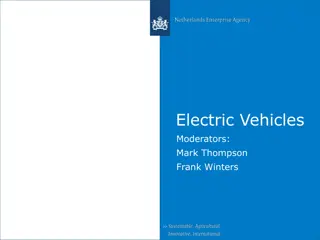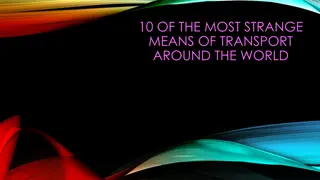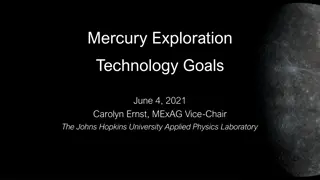Understanding Maglev Technology: Levitation, Propulsion, and More
Maglev technology, short for magnetic levitation, utilizes magnetic power to levitate and propel vehicles such as trains. This seminar explores the basic principles, types, and components of Maglev trains, focusing on Electromagnetic Suspension (EMS) and its levitation, propulsion, and lateral guidance systems. The advantages and disadvantages of EMS technology are also discussed.
Download Presentation

Please find below an Image/Link to download the presentation.
The content on the website is provided AS IS for your information and personal use only. It may not be sold, licensed, or shared on other websites without obtaining consent from the author. Download presentation by click this link. If you encounter any issues during the download, it is possible that the publisher has removed the file from their server.
E N D
Presentation Transcript
WHAT IS MEANT BY MAGLEV? Maglev=Magnetic + Levitation. Any thing which may levitate(raise or float) by means of a magnetic power is simply called as magnetic levitation. The term MAGLEV can be briefly explained by using an example of MAGLEV TRAINS .
BASIC PRINCIPLE OF MAGLEV TRAINS BASIC PRINCIPLE OF MAGLEV TRAINS Maglev trains have to perform the following functions to operate in high speeds 1.Levitation 2.Propulsion 3.Lateral Guidance
TYPES OF MAGLEV TRAINS TYPES OF MAGLEV TRAINS Based on the techniques used for Levitation there are two types of Maglev trains 1. Electro magnetic Suspension -Attractive 2. Electro dynamic Suspension -repulsive
EMS (ELECTROMAGNETIC SUSPENSION) EMS (ELECTROMAGNETIC SUSPENSION) ELECTROMAGNETIC SUSPENSION USES ELECTROMAGNETIC SUSPENSION USES ELECTROMAGNETS TO LEVITATE THE TRAIN. ELECTROMAGNETS TO LEVITATE THE TRAIN.
1.LEVITATION PRINCIPLE IN EMS SYSTEM 1.LEVITATION PRINCIPLE IN EMS SYSTEM: IN EMS SYSTEM IN EMS SYSTEM LEVITATION BY ATTRACTION LEVITATION BY ATTRACTION may takes place Attraction is caused by having the currents within each of the circuits traveling in the same direction. It is important to note that with attractive forces created between the train and the track. may takes place. 2.PRINCIPLE OF PROPULSION IN EMS SYSTEM 2.PRINCIPLE OF PROPULSION IN EMS SYSTEM: The propulsion of the train is mainly based on two types of motors: Linear Electric Motor (LEM) and, Linear Induction Motor (LIM) 3.PRINCIPLE OF LATERAL GUIDENCE IN EMS SYSTEM: 3.PRINCIPLE OF LATERAL GUIDENCE IN EMS SYSTEM: The levitation magnets and rail are both U shaped(with rail being an inverted U). The mouths of U face one another.
PROS AND CONS OF EMS PROS AND CONS OF EMS TECHNOLOGY PROS CONS -The system needs to be monitored by outside system to maintain the distance between the Track and the train EMS (Electromagnetic suspension) -Low magnetic fields inside and outside the vehicle -Commercially available -Vibraitions may occur due to instability and outside monitoring. -No secondary propulsion system needed
EDS (ELECTRODYNAMIC SUSPENSION): Electrodynamic Suspension uses Superconductors for levitation,propulsion and lateral guidance
1.LEVITATON PRINCIPLE IN EDS SYSTEM 1.LEVITATON PRINCIPLE IN EDS SYSTEM: IN EDS SYSTEM IN EDS SYSTEM LEVITATION BY REPULSION LEVITATION BY REPULSION may takes place. The current in the top circuit travels in the opposite direction of the current in the bottom; resulting in an repulsion between the two coils may takes place. 2.PRINCIPLE OF PROPULSION IN EDS SYSTEM 2.PRINCIPLE OF PROPULSION IN EDS SYSTEM: The propulsion coils located on the sidewalls on both sides of the guideway are energized by a three-phase alternating current from a substation, creating a shifting magnetic field on the guideway 3.PRINCIPLE OF LATERAL GUIDENCE IN EDS SYSTEM: 3.PRINCIPLE OF LATERAL GUIDENCE IN EDS SYSTEM: When one side of the train nears the side of the guideway, the super conducting magnet on the train induces a repulsive force from the levitation coils on the side closer to the train and an attractive force from the coils on the farther side. This keeps the train in the center.
PROS AND CONS OF EDS: : TECHNOLOGY EDS (Electrodynamic suspension) PROS CONS Necessary use of magneting shielding due to the strong magnetic fields. The vehicle must be wheeled to travel at low speed. the cryogenic system uses to cool the coils can be expensive. highest speed (581 km/h) Heavy load capacity
INDUCTRACK: The Inductrack Inductrack is a newer type of EDS that uses permanent room-temperature magnets . There are two Inductrack designs: Inductrack I and Inductrack II. Inductrack I is designed for high speeds, while Inductrack II is suited for slow speeds. If the power fails, the train can slow down gradually and stop on its auxillary wheels.
OTHER APPLICATIONS OTHER APPLICATIONS NASA plans to use magnetic levitation for launching of space vehicles into low earth orbit. Boeing is pursuing research in MagLev to provide a Hypersonic Ground Test Facility for the Air Force. The mining industry will also benefit from MagLev. There are probably many more undiscovered applications!
CONCLUSION Maglev trains use magnets to levitate and propel the trains forward. Since there is no friction these trains can reach high speeds. It is a safe and efficient way to travel.
Thank you Thank you


